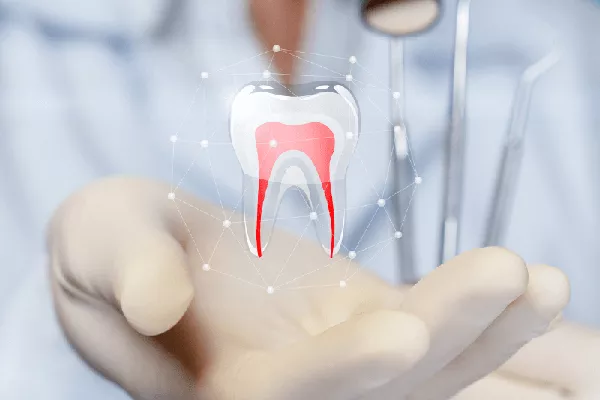Periodontal disease, also known as gum disease, is a common condition that affects many people worldwide. It is caused by a buildup of bacteria in the mouth, leading to inflammation of the gums and potential damage to the teeth and supporting structures. The treatment of periodontal disease can vary depending on the severity of the condition, and the cost can range from a few hundred to several thousand dollars. In this article, we will discuss the costs associated with treating periodontal disease and the different factors that can affect the price.
The Cost of Treatment
The cost of treating periodontal disease can vary depending on several factors, including the severity of the condition, the treatment required, and the location of the dental practice. The cost can range from a few hundred to several thousand dollars, with most patients spending around $1,000 to $3,000.
The severity of the condition is one of the most significant factors affecting the cost of treatment. If the condition is mild, a simple deep cleaning may be all that is needed, while more severe cases may require surgery to remove infected tissue and restore the gums and supporting bone.
The type of treatment required will also affect the cost. Non-surgical treatments, such as scaling and root planing, tend to be less expensive than surgical treatments.
Lastly, the location of the dental practice can also impact the cost. Dental practices in more affluent areas tend to charge more than those in less affluent areas.
The Treatment Process
The treatment process for periodontal disease typically involves a combination of deep cleaning, medication, and surgery.
The first step in treating periodontal disease is usually a deep cleaning, which involves removing plaque and tartar from the teeth and gums. This can be done using scaling and root planing, a non-surgical treatment that involves removing plaque and tartar from the roots of the teeth.
If the condition is more severe, surgery may be required to remove the infected tissue and restore the structure of the gums and supporting bone. Surgery may also be necessary if the condition has caused damage to the teeth, such as bone loss or loose teeth.
How to Charge
Dental practices typically charge for periodontal treatment on a per-tooth basis, with the cost increasing based on the severity of the condition. The more severe the condition, the more teeth may require treatment, resulting in a higher cost.
-
Insurance
Insurance may cover some or all of the cost of periodontal treatment, depending on the plan and coverage. It is essential to check with your insurance provider to understand what is covered and what is not.
-
Discount Plan
If you do not have insurance or if your insurance plan does not cover periodontal treatment, many dental practices offer discount plans that can help reduce the cost of treatment. These plans usually involve a yearly membership fee and offer discounts on a range of dental services, including periodontal treatment.
In conclusion, the cost of treating periodontal disease can vary depending on the severity of the condition, the treatment required, and the location of the dental practice. Dental practices typically charge on a per-tooth basis, with insurance and discount plans available to help reduce the cost of treatment. It is essential to seek treatment from a qualified dental professional to prevent further damage to your teeth and gums.
































